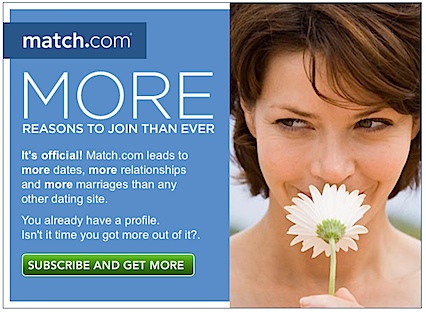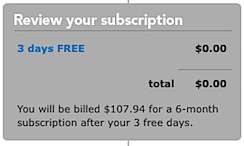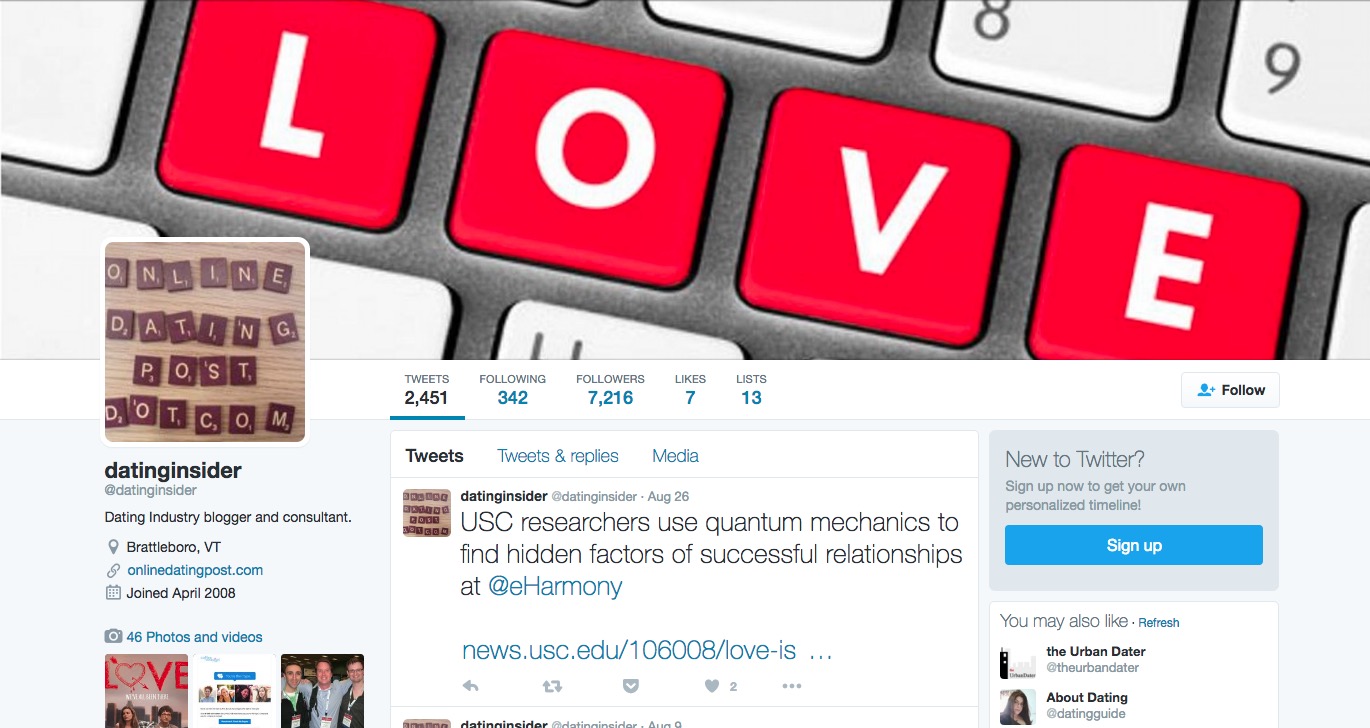 I created a new Match profile a few weeks ago and still haven’t paid for a subscription. I wanted to see what it was like to receive a number of “taunts” from Match about women emailing me. I am keeping track of each and every “So-and-so sent you an email, subscribe to read it” to see if there is a 1-to-1 correlation between notifications and actual emails from people.
I created a new Match profile a few weeks ago and still haven’t paid for a subscription. I wanted to see what it was like to receive a number of “taunts” from Match about women emailing me. I am keeping track of each and every “So-and-so sent you an email, subscribe to read it” to see if there is a 1-to-1 correlation between notifications and actual emails from people.
Match has interpreted the results of the recent survey they commissioned in a way that burnishes their reputation as a top dating site.
See How To Lie With Maps:
All maps deceive, says Monmonier, because they must be selective in the information they present: projections distorts, angles or shapes; maps at small scale leave out detail included in large-scale maps; lines must be displaced, smoothed or simplified and area features simplified for readability’s sake. But, he writes, “[b]ecause most map users willingly tolerate white lies on maps, it’s not difficult for maps also to tell more serious lies” (p. 1). The reason for this is that maps have a dual purpose: not only to inform their audience, but also to impress them — to persuade, to make a point, to sell a product. (emphasis mine.)
Putting aside for a moment Match’s interpretation of the survey results, Match was smart to take member survey results and use them in their marketing. The question remains, which is the most effective dating site? We’ll never know for sure, but it is interesting to watch companies awkwardly comparing apples to oranges in their efforts to be perceived as the “best” dating site.

 Every few days I receive emails from people who feel they have been overcharged by a dating site. Today I looked at the fine print at Match. After your three-day trial, they charge you $107.94 for a six-month subscription. Didn’t the auto-subscription used to be one month? As a dating industry guy, I understand their motivation to drive subscriptions, but from the perspective of singles this is troubling.
Every few days I receive emails from people who feel they have been overcharged by a dating site. Today I looked at the fine print at Match. After your three-day trial, they charge you $107.94 for a six-month subscription. Didn’t the auto-subscription used to be one month? As a dating industry guy, I understand their motivation to drive subscriptions, but from the perspective of singles this is troubling.

